Jan 2, 2025
Baby Schema: The Science of Cuteness
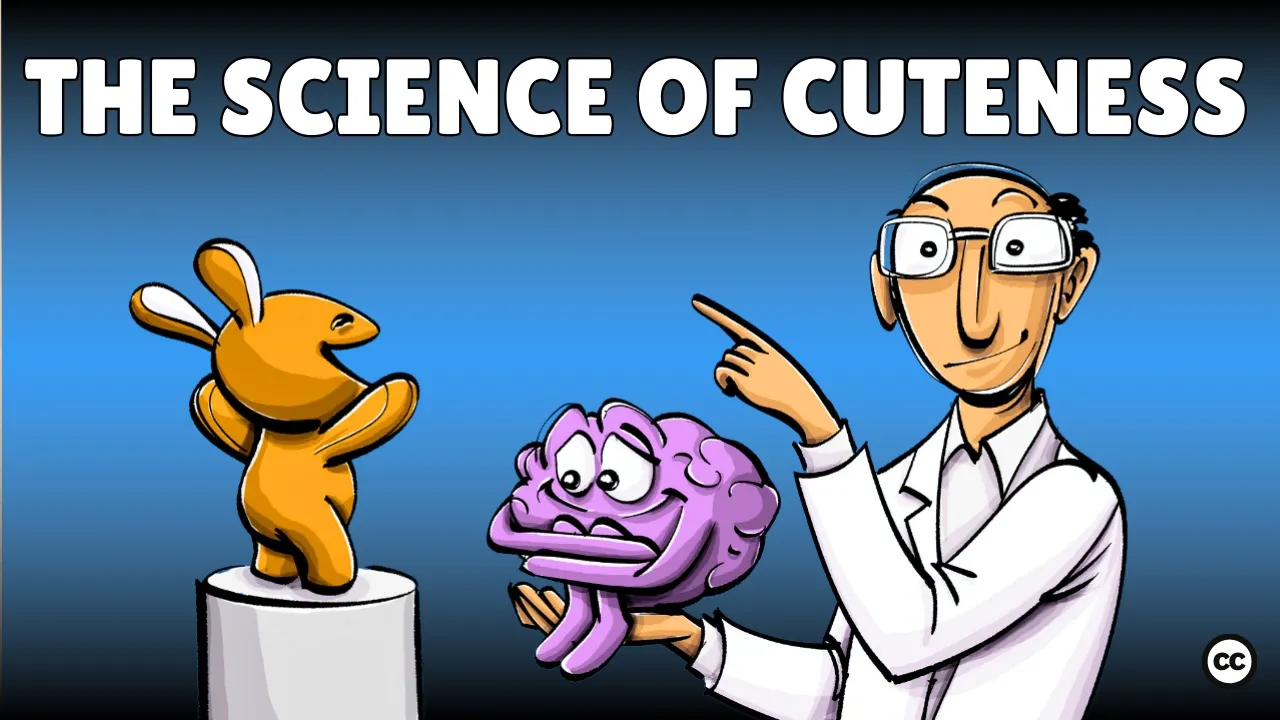
Around 100,000 videos of cats get uploaded to YouTube each day. One scientific explanation for this phenomenon stems from a simple yet powerful concept: cuteness, or more precisely, the baby schema.
Baby Schema
Baby schema is a set of characteristics found in young children that evoke innocence and vulnerability, such as a round face, large eyes, a tiny nose, a small mouth, chubby cheeks, a curved body—and sometimes clumsy movements, playful behavior, or even floppy ears. When you combine these traits, most of us can't help but feel a deep sense of care for the baby, thereby increasing their chance of survival—an involuntary reaction that, strangely, even extends to inanimate objects.
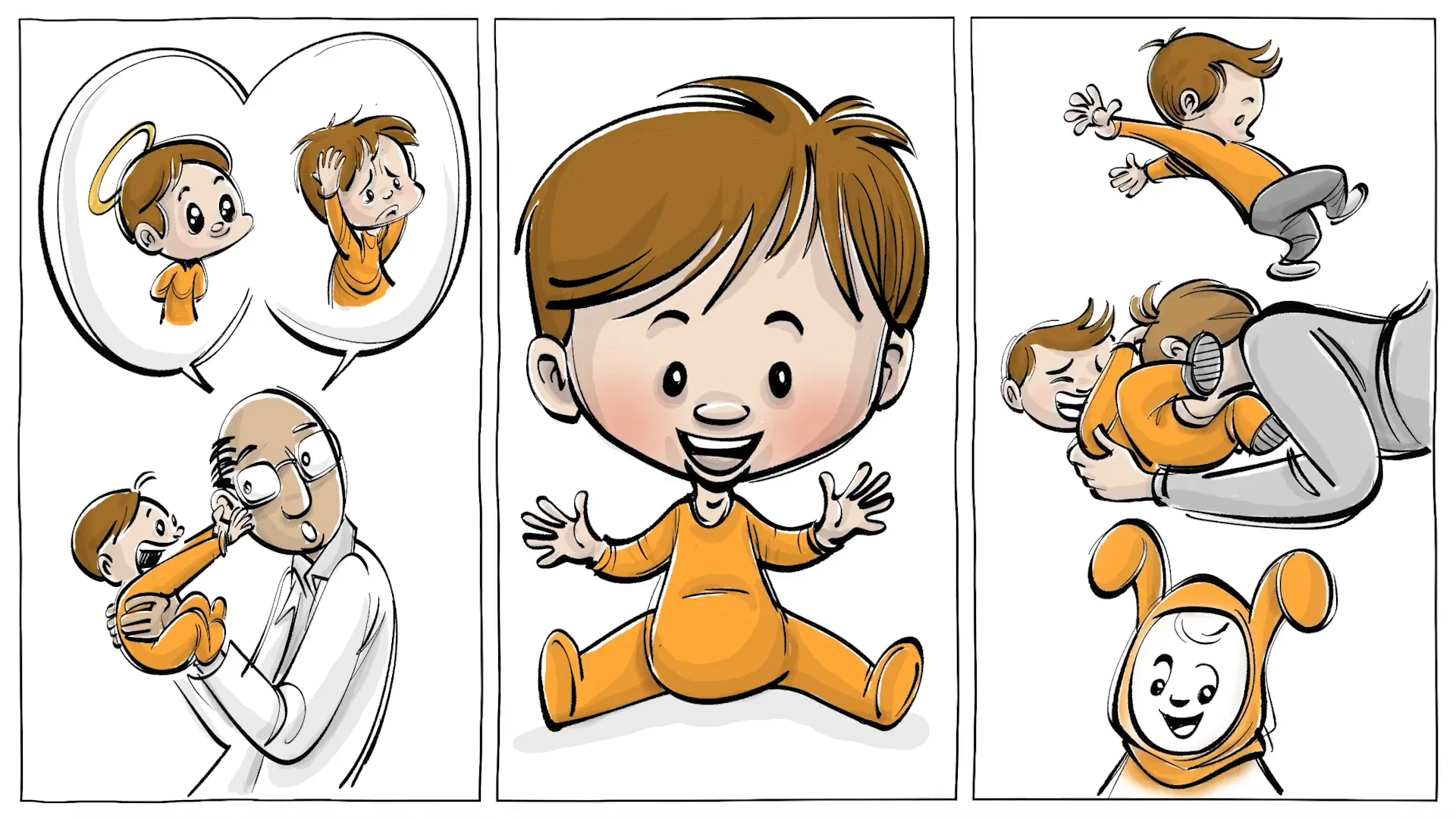
Brain response to cuteness
So what happens to your brain when you see something adorable? First, your reward pathway lights up, and dopamine flows through your synapses, which gives you sensations of pleasure and attachment. As a result, you become caring, affectionate, and may even crave to cuddle. This response can be so profound that it can tame your temper, enhance your concentration, increase your attention to detail, and even improve your productivity.
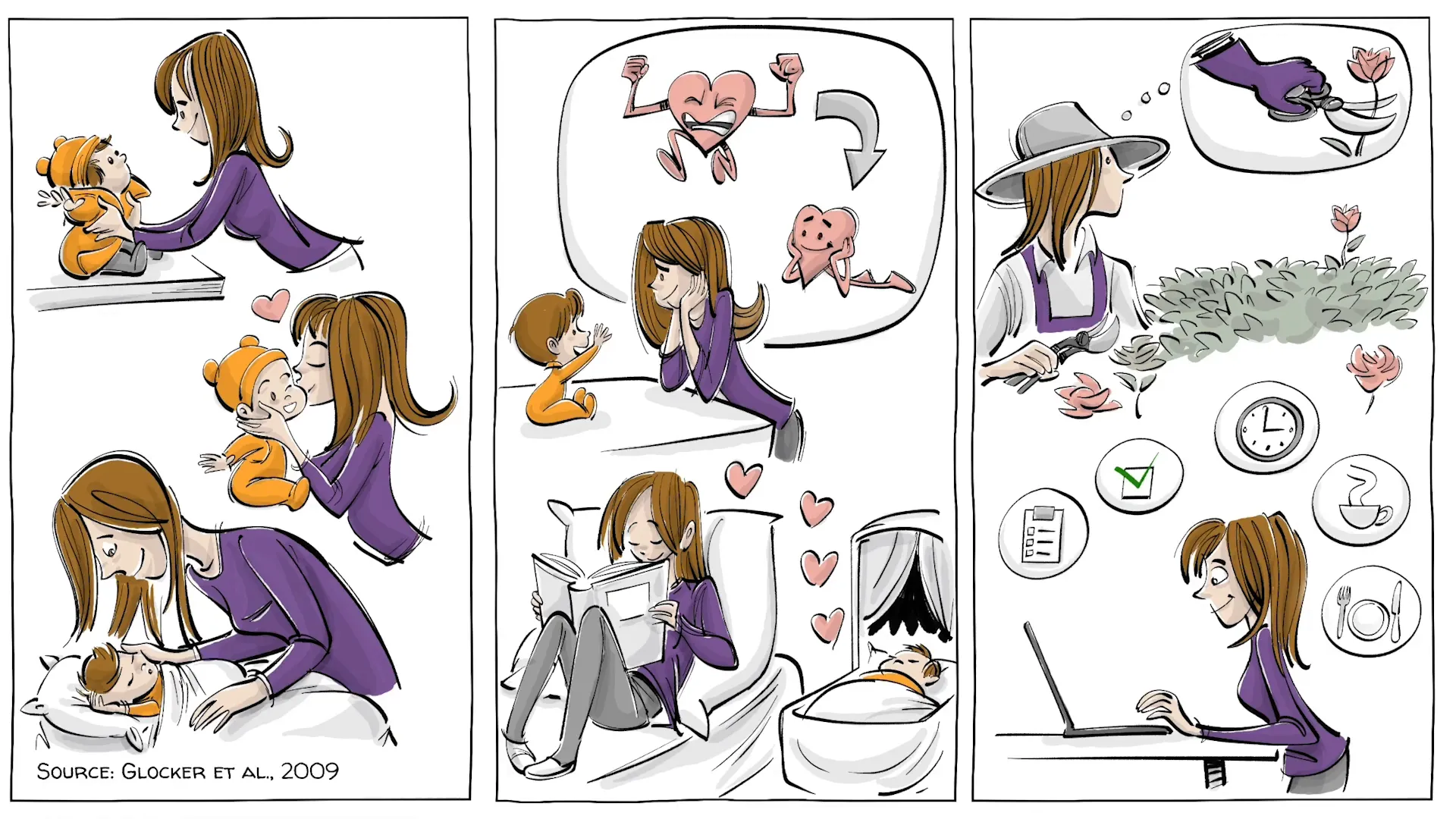
Cuteness enhanced performance
In one experiment, researchers observed people playing Operation, a game that tests our hand-eye coordination. Those who looked at something cute before their game performed significantly better compared to those who didn’t. The theory: subconsciously, the winners still had babies in mind and hence were more careful and focused. Another study found that when we watch cat videos, we feel more energetic, positive, and less anxious or sad.
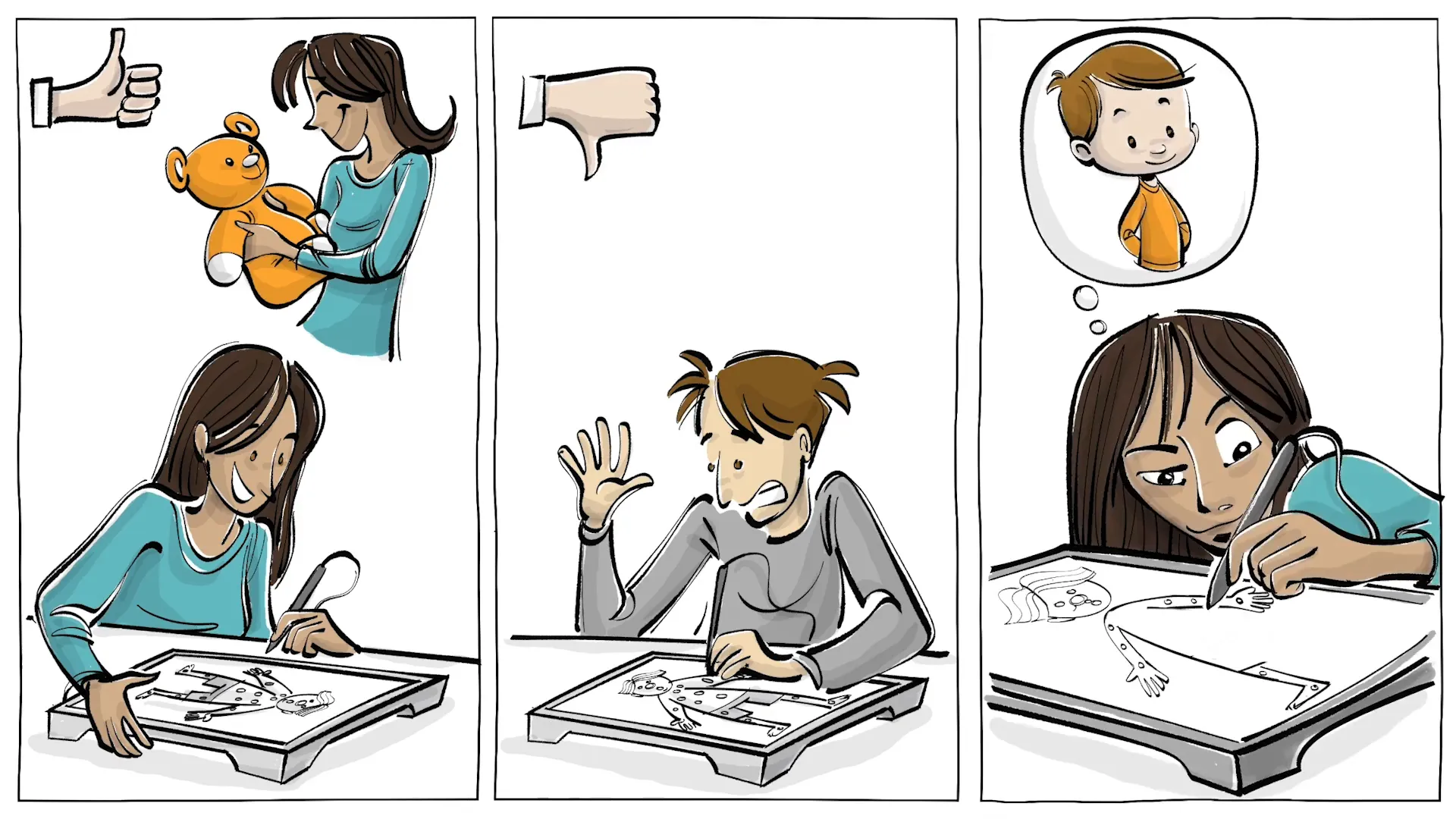
Cute aggression
But there can be even more surprising reactions. When you are overwhelmed by feelings of cuteness, you may find yourself gritting your teeth, balling your fists, or having the urge to bite, pinch, or squeeze the creature that captured your heart. This quirky response became known as cute aggression.
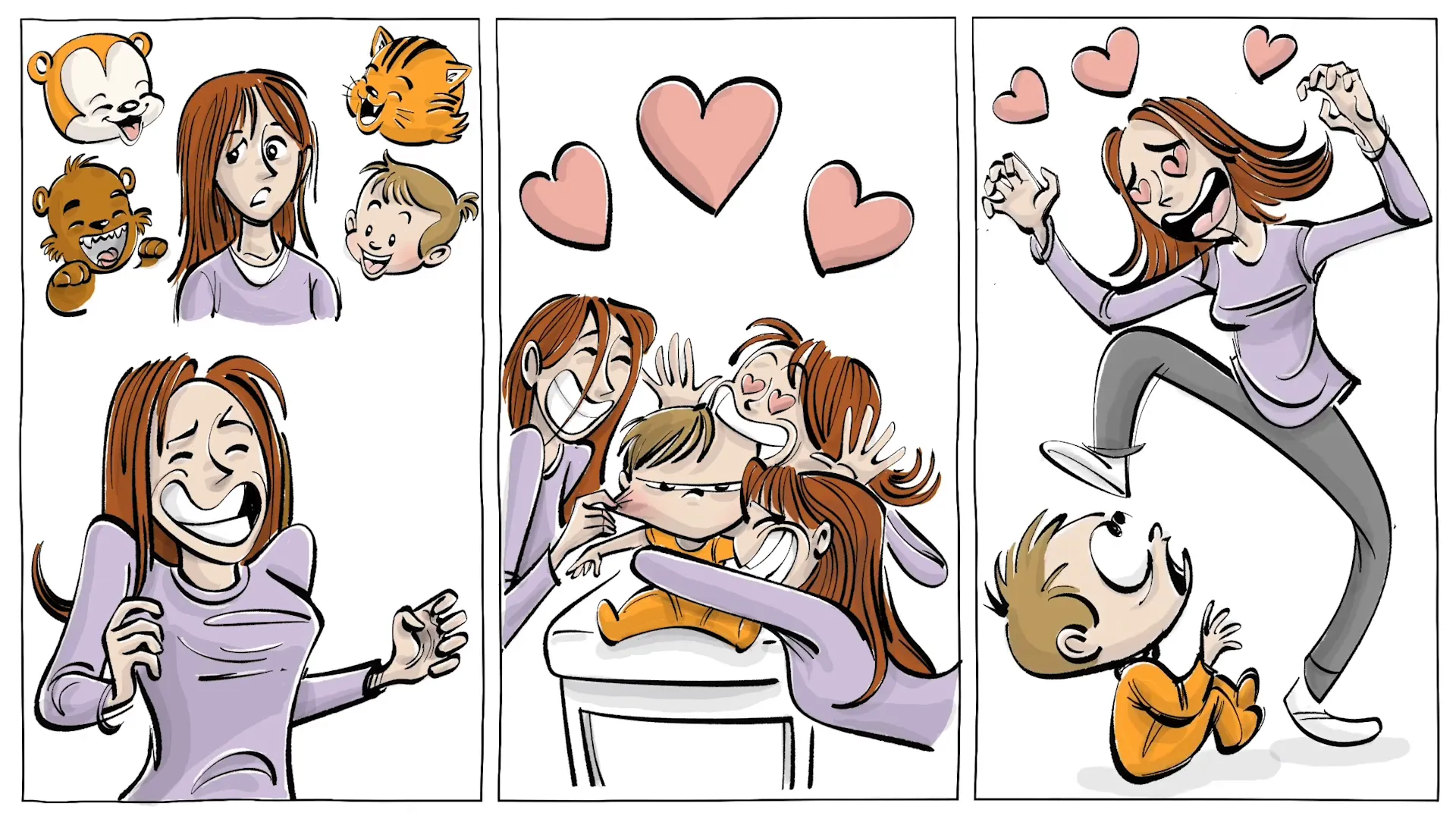
Konrad Lorenz
The scientific study of this and other reactions to anything adorable has a long history. In 1949, Konrad Lorenz, an Austrian ethologist, first argued that infantile features trigger nurturing responses in adults: an evolutionary adaptation that ensured that the old cared for the young, ultimately securing the survival of the species. And later Lorenz, along with Niko Tinbergen, received a Nobel Prize for his work on the baby schema.
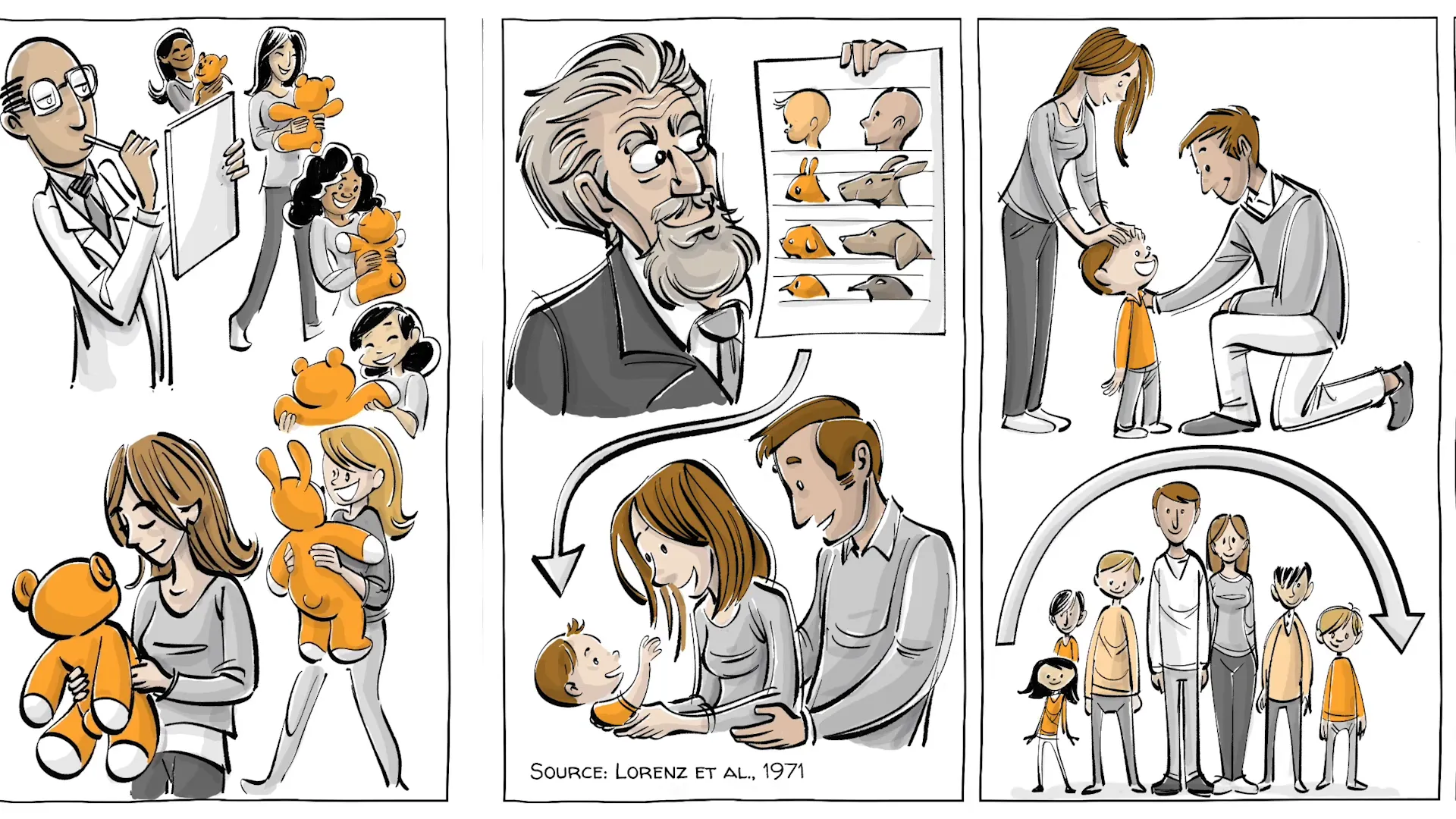
Cuteness across culture
Our fascination with this phenomenon can be traced back to the cherubic figures in Renaissance art and the Japanese concept of kawaii, which originated from an 11th-century novel. However, its roots likely extend to the very dawn of human civilization. Fast forward to today, and teens in Tokyo, the global epicenter of the force of cuteness, express their interpretations of what’s adorable by worshiping cartoons, cosplaying, dressing like dolls, or using a handwriting style that’s so cute, and so difficult to read, that it had to be banned in schools. Even though, according to modern science, it may very well calm them down and increase their performance.
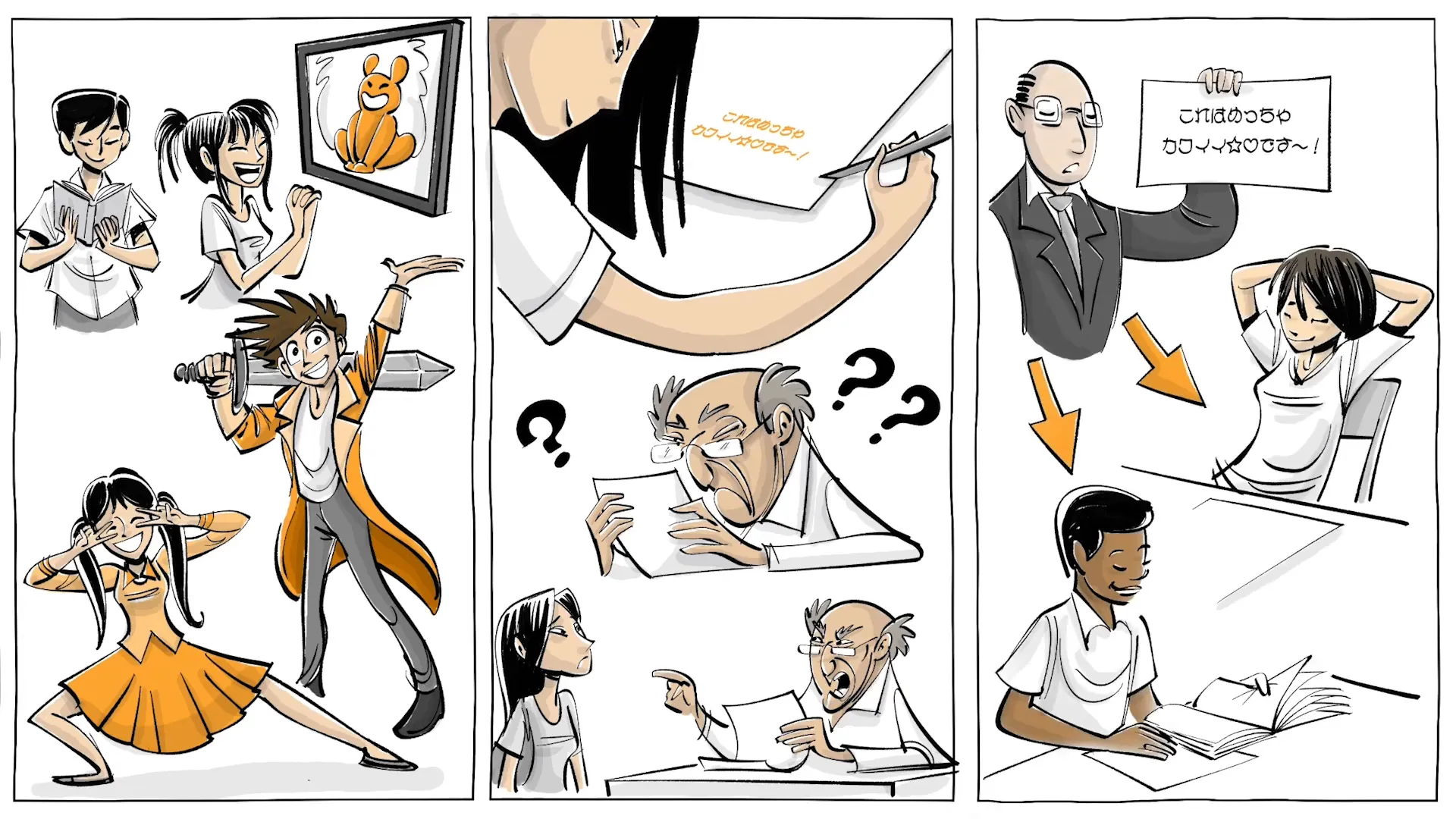
What do you think?
What about yourself? Do you think you like being surrounded by adorable artifacts and maybe even feel more productive? Or are you immune to baby schema and find cuteness in your life rather distracting?

This article was created from the video Baby Schema: The Science of Cuteness with the help of AI. It was reviewed and edited by a human.